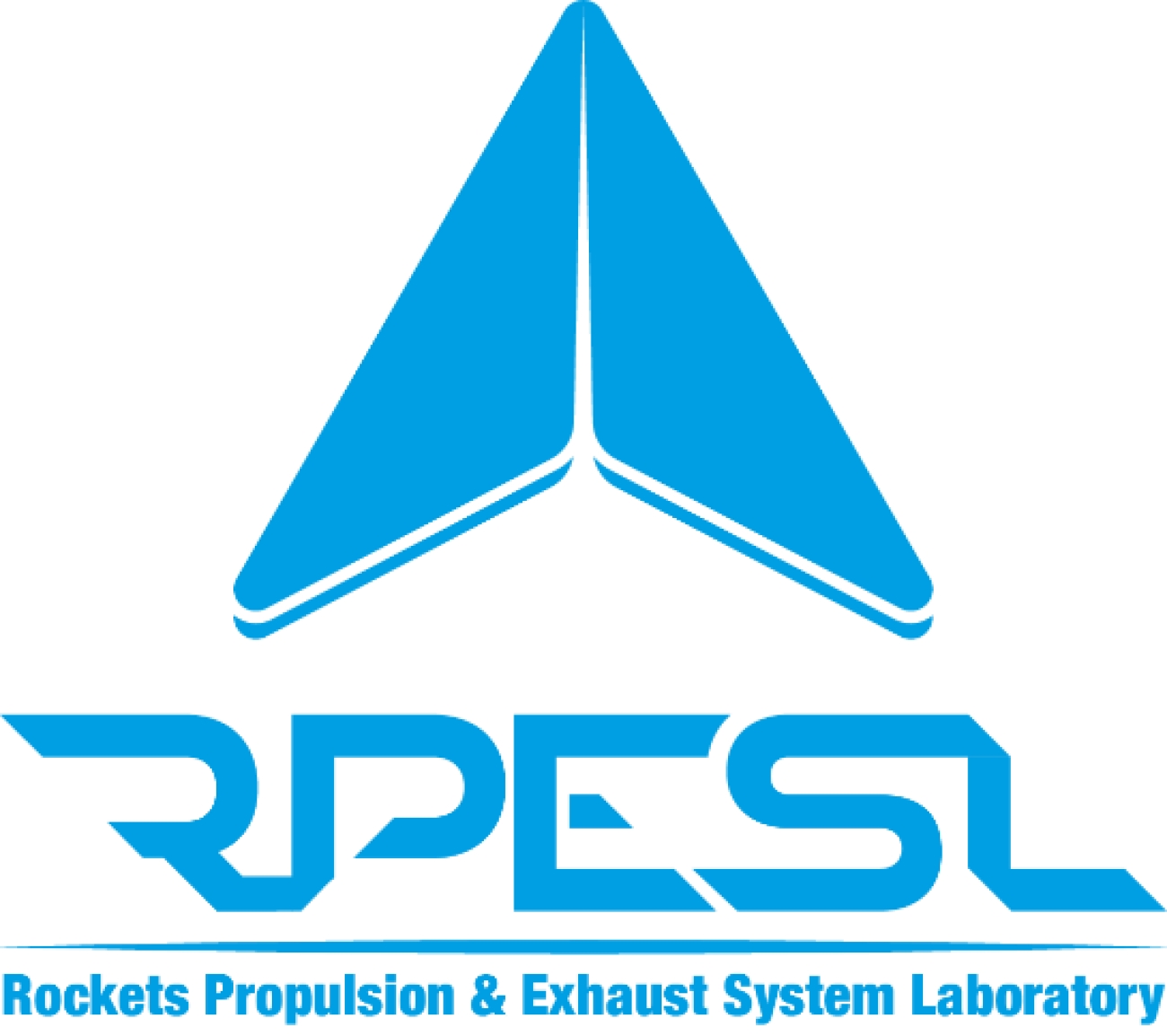The aim is to enhance the University of Sharjah's engineering programs to construct small rocket engines for small payloads up to 500 kgs. This can be done by investing in old technologies (solid or liquid) or new technologies (electric). The technology to build such engines is widely available, and testing new rocket propulsion technologies is feasible. The capability to produce small rockets will complement the UAE spaceport facility. In addition, it will facilitate space weather experiments using these small systems and attract many MENA customers for small rocket launches. The rocket propulsion laboratory will employ bright Emirati engineers and scientists from different fields. In addition, it will help establish MSc and Ph.D. in Space Engineering programs and open the door to performing space application experiments.
The new lab can invest in different systems related to rocket propulsion. For example, it can invest in solid propulsion systems where the fuel and oxidizer are combined as a solid or in a liquid propulsion system where the fuel and oxidizer are stored separately, then later mixed and ignited. Solid propulsion rockets, primarily used as boosters for launch, tend to be safer, more reliable, lighter, and lower in cost. However, once ignited, the engine cannot be shut down or restarted, and the amount of power cannot be controlled. The best example is the former U.S. Space Shuttle. On the other hand, liquid propulsion rockets are more complicated and costly, but are also more controllable, reach greater velocities, and be shut down and restarted.
A better option is to invest in Electric propulsion (EP), a space propulsion class that uses electrical power to accelerate a propellant by different possible electrical and/or magnetic means. Compared with conventional chemical thrusters, electrical power enhances the propulsive performances of the EP thrusters. Electric propulsion requires very little mass to accelerate a spacecraft. The fuel is ejected up to twenty times faster than a classical chemical thruster; therefore, the overall system is much more mass efficient. Electric Propulsion is only limited by the available electrical power onboard the spacecraft. Therefore EP is suitable for low-thrust (micro and milli-newton levels) and long-duration applications on board spacecrafts. The propellant used in EP systems varies with the type of thruster and can be a rare gas (i.e., xenon or argon), a liquid metal, or, in some cases, a conventional propellant.
Being solid, liquid, or electric, a rocket propulsion laboratory will give the UAE the edge in the MENA world to have its own launching capabilities. In addition, all UAE universities have specific engineering programs that can promote this initiative. Space rockets' capabilities are vital for the UAE as a young space nation. It will help the country expand its space capabilities by having the free hand to launch its own rockets. The academia will develop its engineering programs, and the industry will be involved in proving the right support to the rockets program. As a result, hundreds of Emirati engineers will join the space workforce, which will help the UAE's global economy.



